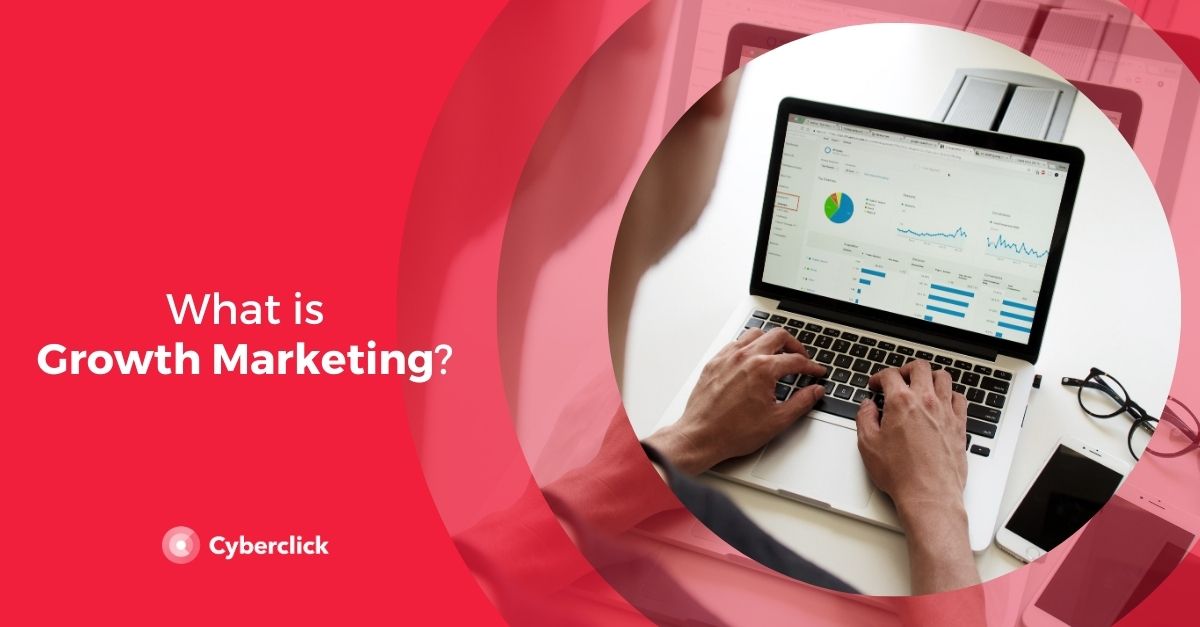One of the most widely used digital marketing strategies is inbound marketing. However, there is another strategy that is gaining popularity, especially in the start-up world: growth hacking.
Below, we'll explain the differences between these strategies and how they can complement each other for better results.


Inbound Marketing and Growth Hacking: What Are They?
Inbound marketing and growth hacking are two widely used strategies within digital marketing. Each of them, however, focuses on a series of different tactics.
Inbound Marketing
Inbound marketing aims to attract customers through non-intrusive content. This type of strategy leverages content to educate and accompany the user as he or she learns about the brand and eventually makes a transaction.
When the lead turns into a customer, the objective of inbound marketing becomes to generate customer loyalty.
With an inbound marketing strategy, you can also position your brand. By achieving good SEO positioning, you can generate leads and potential customers.
Growth Hacking
Growth hacking, on the other hand, aims to grow a brand in a short period of time by using a limited number of resources.
A growth hacking strategy is based on using creative, innovative, and low-cost methods to quickly grow a customer base. This involves thoroughly evaluating all your marketing actions to see which ones generate more web traffic, leads, and sales. Based on this analysis, SMART objectives are established and experimental actions are tested in order to understand which tactics work best.
Startups usually utlize this type of strategy since they have a much tighter budget.
Differences and Similarities Between Inbound Marketing and Growth Hacking
Inbound marketing and growth hacking have the same objective: generating web traffic, leads, and sales. Both strategies are based on growing the brand. However, while inbound marketing requires a longer amount of time to see results, Growth Hacking is much faster and more unpredictable.
The reason for these differences is because inbound marketing uses large content campaigns, while growth hacking leverages techniques that reach a large number of people in a short period of time.
Additionally, inbound marketing seeks to provide answers to any problem or question that a user may have through content creation. In fact, content is usually created long before users are aware of their questions. This way, it is already available when users search for answers. In growth hacking, users' questions are solved as they arise.
Inbound marketing seeks to establish trust with the user over time, whereas the objective of growth hacking is to gain many new customers quickly. It is precisely this difference that has led many brands to consider both strategies incompatible, and even consider the latter as unethical.
Despite their differences, inbound marketing and growth hacking can work together, you just have to combine them in the right way!
How to Successfully Combine Growth Hacking and Inbound Marketing
Growth hacking and inbound marketing can be combined as long as they don't have a negative impact on a company.
In this case, these two strategies can work in parallel–positioning the brand with quality content and using techniques that allow the brand to grow rapidly. The key is ensuring that quality leads and traffic are generated.
Here are some ways inbound marketing and growth hacking can be used in tandem:
- Communications: more and more brands are dedicated to the creation of quality content, so standing out amongst them is complicated. Inbound marketing can focus on content creation for every stage of the funnel, whereas growth hacking can find a striking, innovative and original way to deliver content to achieve results.
- Customer acquisition and retention: Growth hacking can focus on acquiring new customers, while inbound marketing can focus on retaining them. These techniques allow for rapid growth while establishing a relationship with the user at the same time.
- Obtain greater profits from fewer customers: Growth hacking aims to impact the largest number of people, while inbound marketing focuses on the quality of your leads. In a joint strategy, you should try to reach the customers who will bring the greatest profit to the brand.
In conclusion, in a strategy where growth hacking and inbound marketing are combined, creativity and innovation must be used to reach a high number of people while also keeping in mind that customers are the key to the business.
Digital Marketing Strategist en Cyberclick. Licenciada en Publicidad y Relaciones Públicas (URV), con un postgrado en Marketing y Comunicación Online (UAB). Especializada en Google Ads, Social Ads y analítica web.
Digital Marketing Strategist at Cyberclick. Degree in Advertising and Public Relations (URV), with a postgraduate degree in Marketing and Online Communication (UAB). Specialized in Google Ads, Social Ads and web analytics.





Leave your comment and join the conversation